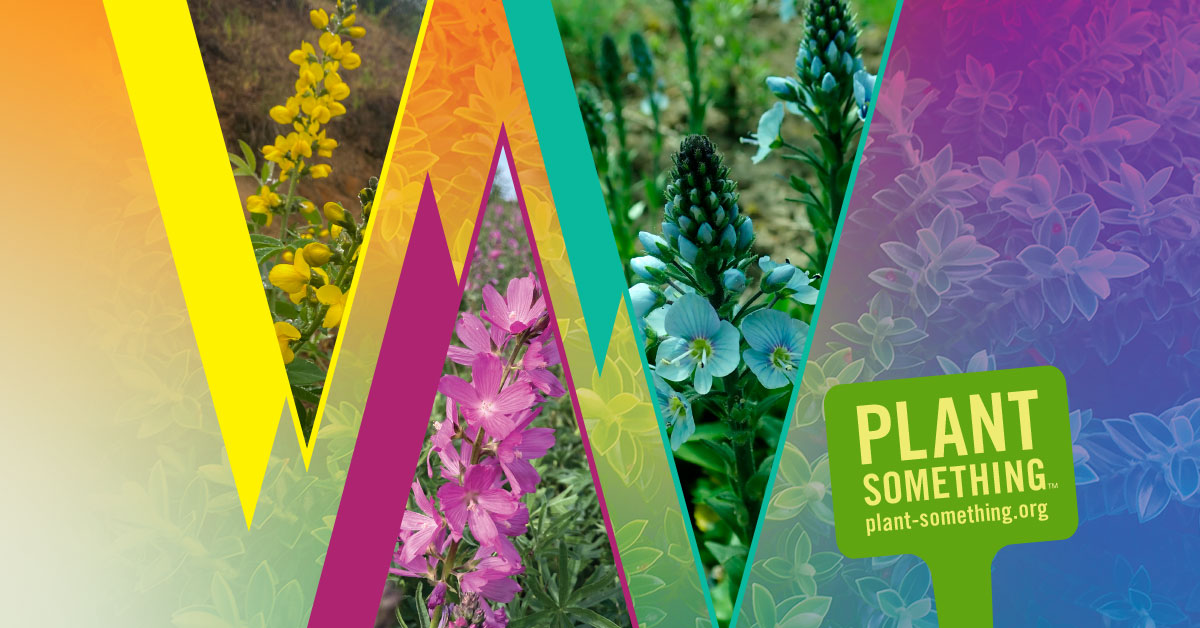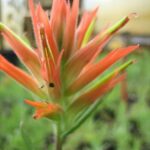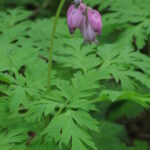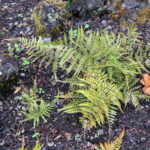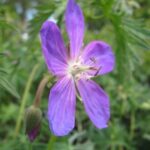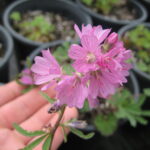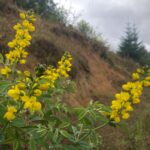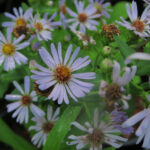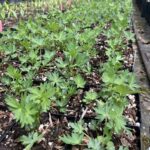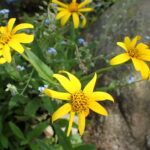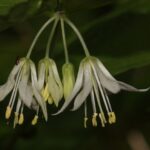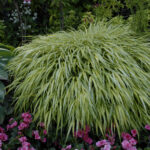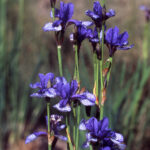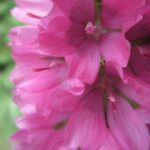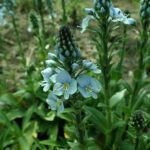A treasure trove of options is available for those who want to go beyond the staples
There is so much you can do with perennials in the garden. In this series, we are highlighting unsung perennials in three parts. This time around, the focus is on mid-height perennials and moisture-loving perennials.
The mid-height perennials are those that are taller than groundcovers or low growers, but aren’t considered truly tall. They can be versatile in container arrangements or anywhere you want to add foliage or color. Meanwhile, moisture loving perennials are ideal, obviously, for moist locations.
The smart move is to plant them near other moisture lovers, not near those that are drought-tolerant, so that similar plants receive like amounts of water.
This is a three-part series. Other installments:
Part I: Groundcovers and short-statured perennials
Part III: Heat-tolerant, drought-tolerant and tall perennials
Mid-height perennials
Castilleja miniata (scarlet paintbrush) is different than other paintbrushes for its ability to thrive in wet-to-dry conditions and low-to-high elevations, according to Mike Ridling, co-owner at Sevenoaks Native Nursery LLC in Albany, Oregon. “It has a large flower for a Castilleja that is pretty showy.” It blooms May to September, reaching 8–32 inches high.
Dicentra formosa (Western bleeding heart) is easy, for people who want natives, but don’t like ferns, according to Donna Giguere of Giguere Landscape Design (Portland, Oregon). It grows 1–2 feet in sun and shade, with light pink blooms May through July, and will grow under rhododendron. The plants are ephemeral, so the fine-textured leaves can be gone by summer, but not always.
Dryopteris erythrosora ‘Prolifica’ (autumn fern) matures to a large 2 foot high and wide, and is refined, according to Ben VanderWerf at JRT Nurseries (Aldergrove, BC, Canada), with glossy foliage and a delicately dissected leaf. The new foliage on the semi-evergreen fern emerges red, turns green in summer, and then copper red in fall, and then plants reproduce by underground stems.
Geranium oreganum (Oregon geranium) is a native with a showy, 2-inch bloom that fits well behind other ones, creeping up and out, on 18–30-inch-high by 6–18-inch-wide plants, according to Ridling.
Polemonium yezoense ‘Purple Rain’ (purple leaf Jacob’s ladder) produces deep purple blooms on strong stems above a mound of fern-like leaves, that emerge a bronzy maroon and turn a deeper green in summer and in shade. Ali Beck, production manager at JRT Nurseries (Aldergrove, BC, Canada), describes it as evergreen in mild winters, and it reaches 12–23 inches high by 12–18 inches wide.
Sidalcea malviflora ssp. Virgata (rose checkermallow), with dainty, soft pink flowers, thrives in the dry conditions of Oregon summers once established, although they benefit from some moisture. It works as a cut flower, and insects and pollinators are drawn to it. It’s a long-seasoned native bloomer, from May through July, reaching up to 24 inches by 12–24 inches wide, fitting well in the front of the border, according to Ridling.
Thermopsis gracilis (slender goldenbanner) has yellow spring and summer flowers with the distinct shape and form of its legume family, and tends to stay evergreen deep into winter. A mountain plant that thrives in the valley, it grows up to 3 feet high and is a good lupine alternative, by Ridling’s standards.
Symphyotrichum chilense (formerly Aster chilensis; Pacific aster), a native, stays low (1–3 feet high by 1–5 feet wide), never flops and blooms late with iridescent violet flowers, providing late pollen. “Plant it in a parking strip. It doesn’t need to be watered; so easy,” Giguere said.
Moisture-loving perennials
Aconitum columbianum (Columbian monkshood), in the buttercup family, has stems ranging between 2 and 6 feet, bearing palmate leaves and purple flowers with a top petal that folds, like a hood. Moisture-loving, sun-seeking plants, this native does well at all attitudes of the West and can present with flowers in yellow, white and tinged green, and blooms all summer, according to Ridling. It should be planted in areas away from pets or children, as parts of the plant are, in varying degrees, poisonous.
Arnica amplexicaulis (Clasping arnica) has daisy-like, pale yellow blooms, June through August, on single stems, with small lower leaves that drop before blooming, leaving the flower perched above a slim, erect stem. The plants prefer full sun to partial shade and need moist wet soils, pointing to its alternate common name, streambank arnica. “The tuft gets bigger and bigger to the point that it can have 100 blooms on a plant,” Ridling said, with a height of 6–30 inches.
Disporum hookeri (Hooker’s fairy bells), a native in the lily family, prefers full to partial shade and moist soil, and reproduces from slender rhizomes, with 1–3 white hanging bells appearing May through June, followed by bright red-orange fruit. It maintains a nice, full habit up to 18 inches.
Hakonechloa macra (Japanese horse grass) is a slow-growing, very hardy, shade tolerant grass that grows in a cascading mound. The color varies in sun to shade, and by cultivar, and its long leaves with wiry steams give the appearance of an arching mini bamboo, 12–36 inches high, without being invasive, according to VanderWerf .
Iris sibirica ‘Flight of the Butterflies’ is a distinct Siberian iris, with masses of small flowers from late spring to early summer, that when established look like bunches of butterflies (on 30–36 inch stems at maturity), according to Grace Dinsdale, owner at Blooming Nursery wholesale nursery and Blooming Junction retail nursery (both in Cornelius, Oregon). It prefers moister and sunnier settings, but will thrive in partial shade.
Sidalcea cusickii (Cusick’s checkermallow) is high, sturdy and easy-to-grow in riparian zones and other open moist habitats. “Large blooms are pink, and it as an outstanding plant if you have an area where it can spread, even if in the back of other plants,” Ridling said. Blooms from May to June on 1½ –6 feet high by 8–12 inch wide plants.
Veronica gentianoides ‘Little Blues’ (Gentian speedwell) grows in a 12–18 inch, evergreen rosette with loose, 6–8 inch spikes of bright blue flower that pop larger than other Veronicas, according to Beck. Blooms spring and early summer above light green, powdery mildew resistant foliage.

